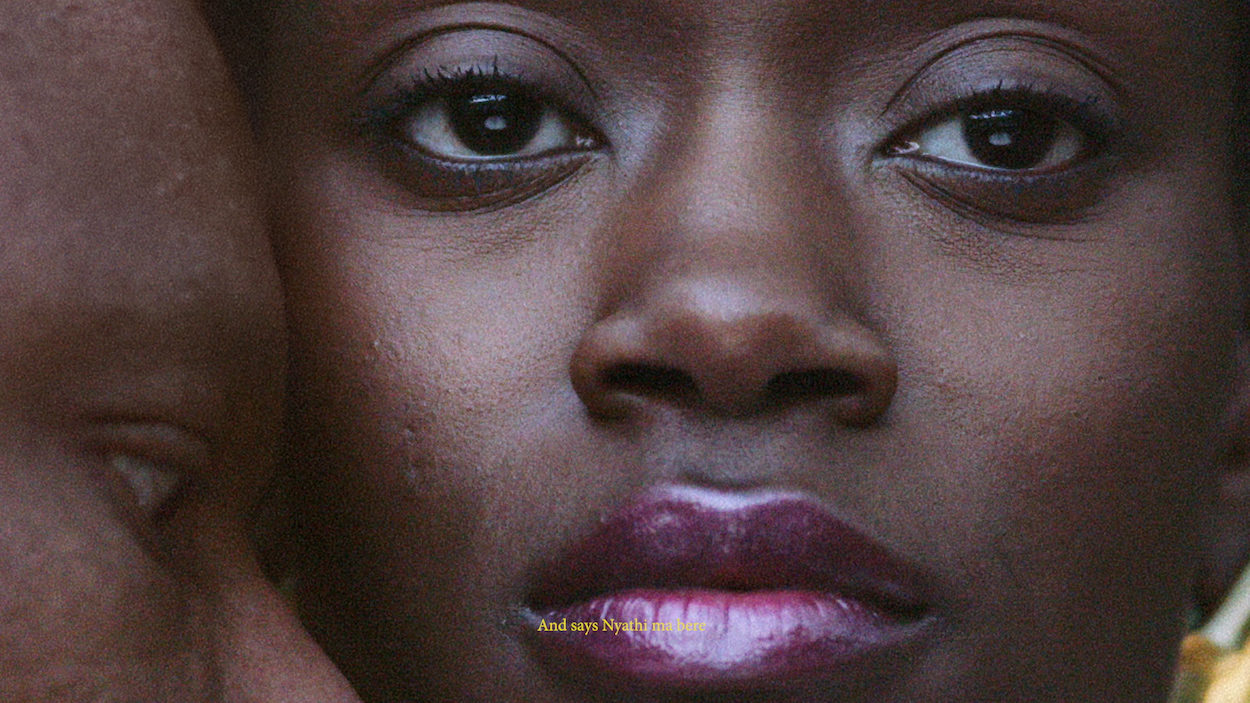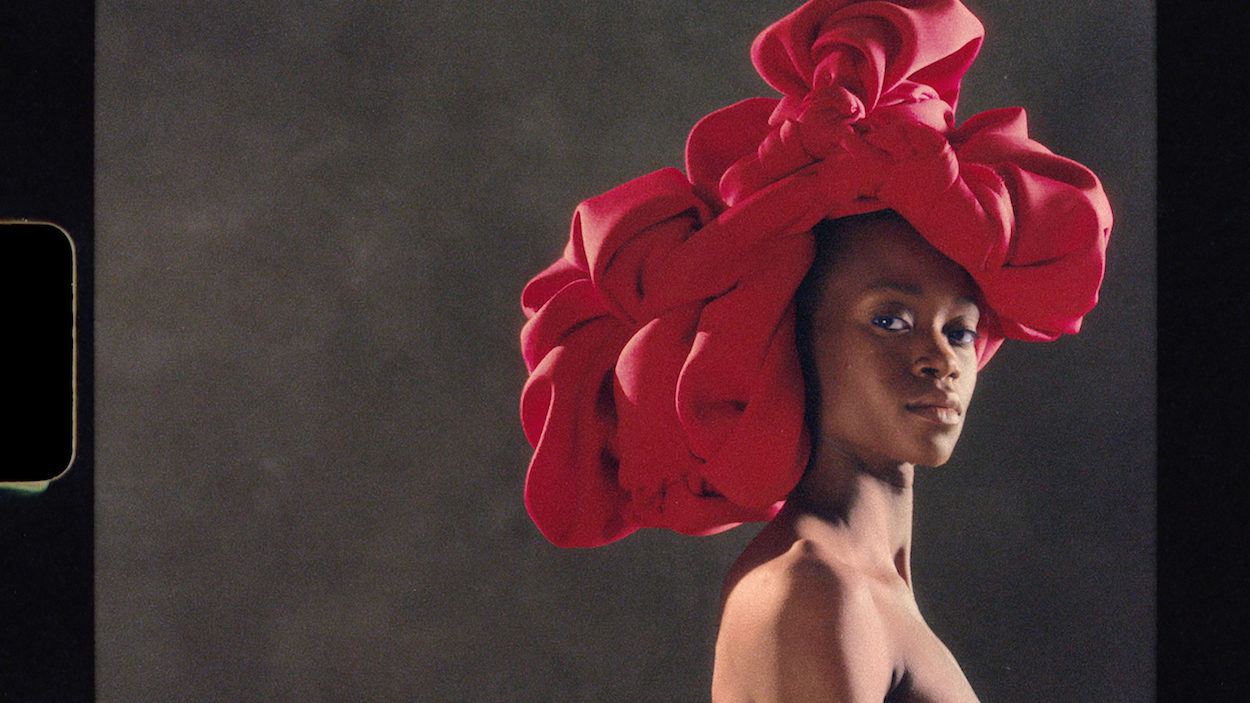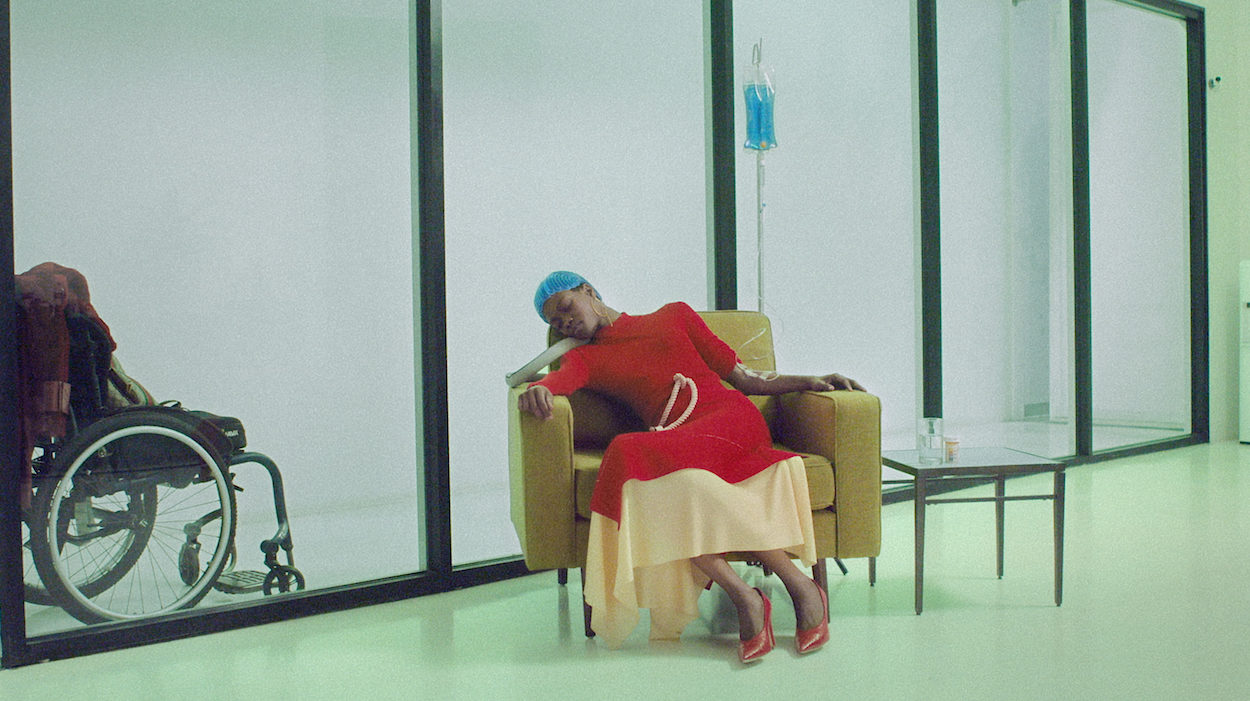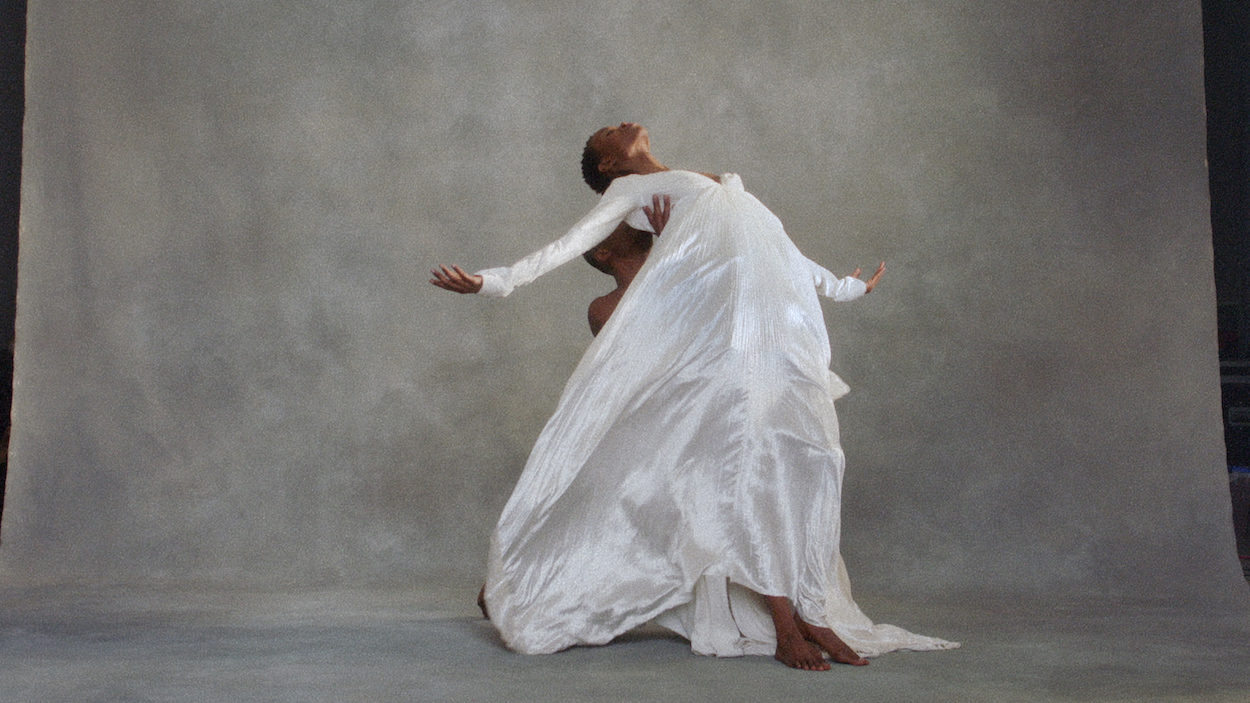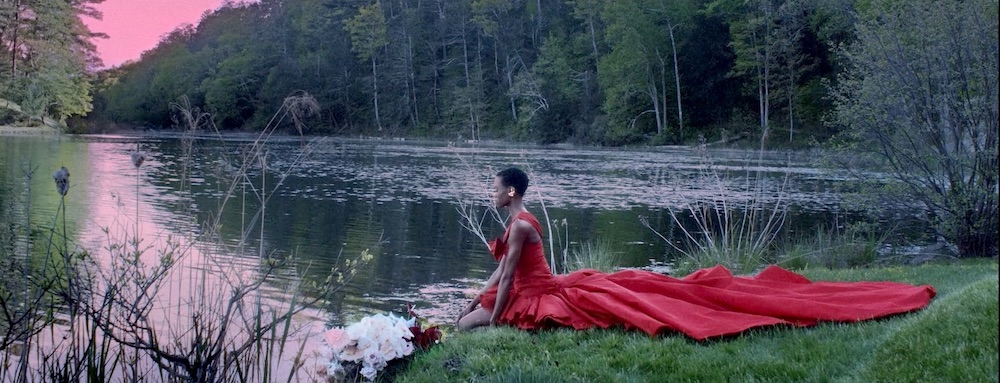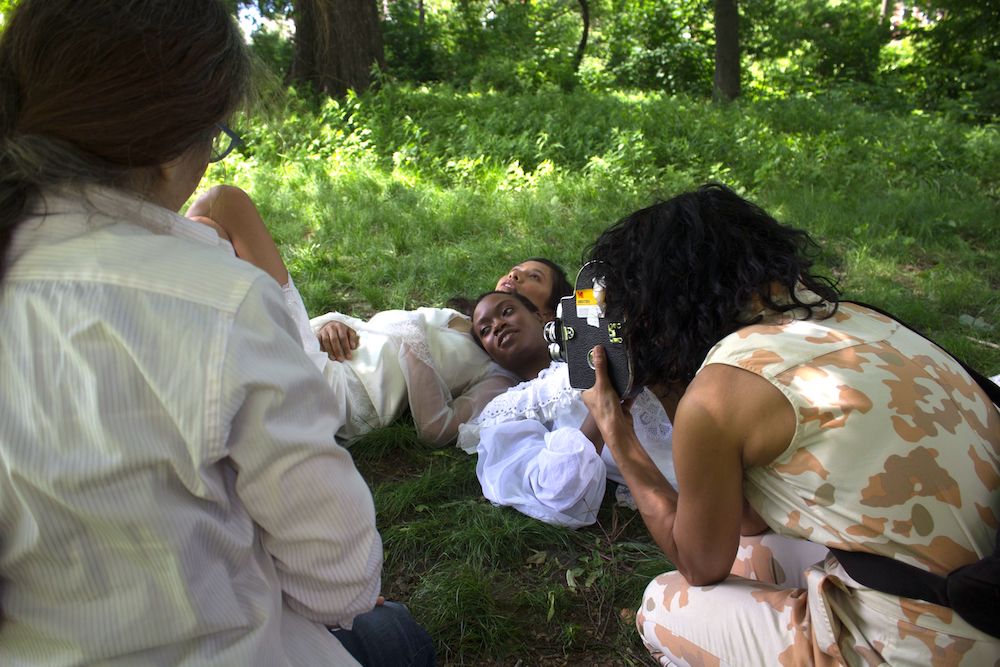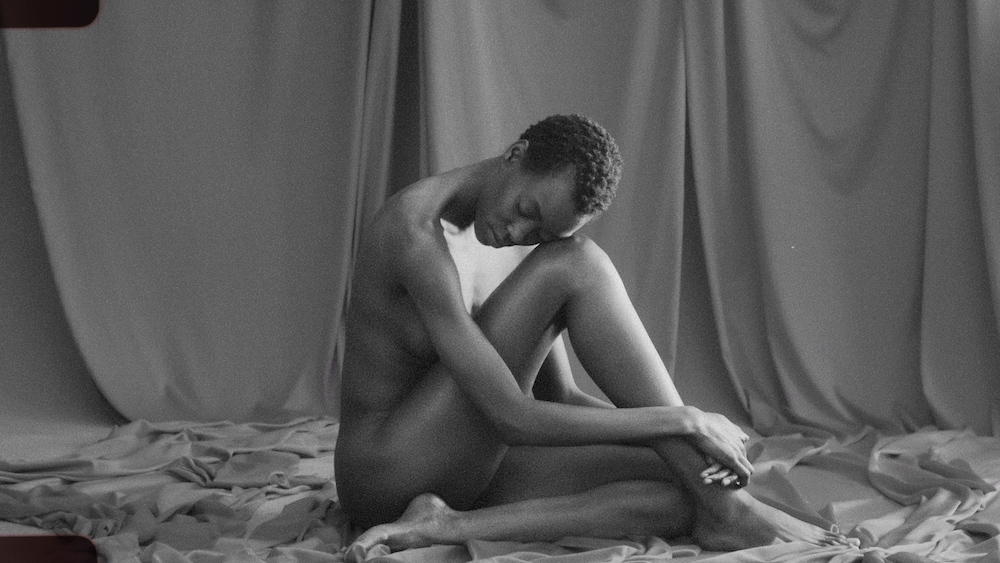What led you to become a director – have you always been visually-inclined?
As a girl, I voraciously consumed images and spent many hours studying photographs in magazines and books. I was later diagnosed with dyslexia so it made sense that visuals had such an impact on me. By the time I took my first photography class in high school, I was hooked; it was the first time I could convey my vision and my ideas in an artistic medium.
I entered university as a photography major but then switched to humanities. During my studies, I worked as a research assistant to a film professor across the African Cinema and Women Filmmakers courses, which revealed my love for filmmaking. I then worked as a commercial producer for numerous years to build my directing portfolio and made the transition into becoming a full-time director.
My desire to tell stories and share my vision of the world led me here. Often, I’ll receive a strong visual which will the spark the birth of a new project.
You previously worked as an outdoor educator leading wilderness adventures. How did this experience translate to filmmaking and were there some transferrable skills that you’d learned?
I feel deeply connected to nature; it’s where I feel most peaceful and most spiritual. I worked as an educator because I love the outdoors – I spent most of my late teens and twenties in the countryside backpacking, rock climbing, caving, kayaking and scuba diving.
Being an outdoor educator equipped me with the necessary leadership skills for directing. I gained interpersonal skills, learnt to build trust and gain respect within a group. Directing is all about balancing these qualities and being able to build a strong sense of communication with your crew, as well as apply technical filmmaking skills.
There’s also a similar lifestyle between being an outdoors leader and a director. Focus and being able to remove yourself from your daily life and land in another world is crucial. Leading trips prepared me for the rugged working world, where endurance and long hours on-set are the norm. I am happiest shooting outside all day – regardless of whether it’s raining, snowing or sunny; I love it.
As a Puerto Rican-American woman based in New York, how much do you draw on your identity in you work?
I’ve experienced the world as a Puerto-American woman so of course, it features in my work.
Growing up, my grandfather was a captivating storyteller and he would recite poetry all the time. Our family would tell dramatic, exaggerated and surreal stories that embedded elements of magic realism. This is where my inclination towards visual poetry and experimentation originates from. I am still learning how I want to shape my voice but I know that as a filmmaker I want to create authentic, innovative and beautiful narratives of women and people of colour as they’re so lacking in our media.
A lot of your work focuses on women’s stories; is this something you’ve subconsciously cultivated or something you’ve developed as your career has grown?
Again, as a woman, my lived experience is intrinsic to my vision as an artist. I come from a powerful maternal line – my mother graduated as a doctor in Puerto Rico in the first class that allowed women to enter medical school. Her mother before her was a dressmaker and owned her own shop, whereas my great-grandmother gave birth to 22 children and adopted several more.
I have consciously chosen to focus on women’s stories, drawing my inspiration from these women and others I have known. I am inspired to portray the strength, intelligence, courage, spirit, beauty and resilience of these women.
You’ve previously described your filmmaking “as visually poetic, humanist style”; how do you typically begin a project and evolve an idea?
Ideally, I want to tell stories that touch the hearts, minds and spirits of my audience; to create connection and compassion in the world.
When I start a project, I try and figure out my personal connection to its contents; to find out what it means to me. Once I have a personal reference point, then I can focus on developing the project visually. I tend to brainstorm ideas for visualizing the concept – I start by seeing it as lots of fragmented images that I need to piece together and try and build it into a cohesive structure. Once I have enough images floating around, I can sense the direction of the whole piece and tend to start writing and fleshing it out from there.
How did the project with Vogue and Simone Awor come about?
Simone was an acquaintance and she invited me on to direct the video. The creative director and photographer, Ed Maximus, had developed the stills project and already pitched it to Vogue Italia. He initially only wanted to shoot a behind the scenes video, but a few weeks in, they realised there was something really special to be captured. When I joined, Ed had developed the photo shoot concept and had envisioned mood boards with fashion styling from Vogue Italia, so I took his ideas and transformed them into a film.
I wrote a treatment inspired by his boards and created additional scenes to build out the film’s narrative. Simone is an incredible, beautiful and powerful soul and I so inspired by her journey beating cancer. I wanted to highlight her strength, courage, resilience and beauty while showing her vulnerability throughout the treatment process.
What references did you draw on to bring this piece to life?
Both my mother and father died of cancer so I felt very closely connected to the subject of this film. In some ways, my involvement on the project was hugely cathartic as I could explore my emotions around losing my parents to cancer, through Simone’s story.
Early on, Simone told me that she had written poetry while she was in remission. I love using poetry in my personal creative work; it tends to complement the visuals so well, so I thought it would be suitable to use Simone’s poetry as it would add another layer to her interview and build a more intimate narrative structure. As for visual references, Flor Garduño’s photography served as inspiration for the short.
Obviously, the subject matter is incredibly sensitive yet you’ve portrayed Simone in such a beautiful and strong way. What was the interview process like?
Throughout production, Simone was still in post-cancer treatment and was taking a lot of medications. She’s a fierce warrior and was able to push through the pain and mental fog she experienced as a result of the treatments. She found the grace and determination to perform on-set and narrate her journey.
In Simone’s interview, I tried to create a space for her to be open and vulnerable. She also shared various audio recordings that she’d been making during chemo; these were incredibly personal and really helpful in creating the right mood for the story.
How long did the shoot take and were there any particular challenges you had to overcome?
We shot over a total of three days; across one full weekend and one day several weeks later. One of the biggest challenges was sharing shooting time with the photography team because it limited the amount of time we were able to roll for. It also wore Simone out because she was the primary talent and had to repeat her actions over and over. We needed to be both aware and flexible of her energy levels. We also had a small budget and everyone worked for free, so it was a generous commitment of time and talent from the crew to get it done.
The film is incredibly stylised yet feminine. How important was colour and the use of light to show Simone’s transition and the various stages of her treatment?
Colour and light helped to convey Simone’s emotions throughout the various stages of her treatment. In the opening, Simone poses bare and vulnerable; her skin is slightly-tinted blue against a red background, illustrating the inner chaos and sadness she’s going through. Later, she wears red when she’s talking about the pain she’s experiencing, especially as she explains how her diagnosis mirrors that of her mother’s simultaneous breast cancer.
When Simone is hooked up to an IV and a blue cooling cap in the hospital, the lighting in that scene became green and sickly-coloured to reveal the worst aspects of her journey. But in the final scenes, Simone transitions to wearing white – as this symbolises her healing and recovery. Colour played a huge part in marking each stage.
What’s the biggest lesson you’ve learnt so far in your career?
To embrace and appreciate the creative process regardless of the size of the production. Whether it’s a small project where I am shooting alone or working on a bigger budget with a full crew, I value each experience equally. From each opportunity, I’m harnessing my ability to learn, develop and express my creative vision.
Interview by Olivia Atkins
Sonia is signed in UK with Familia
